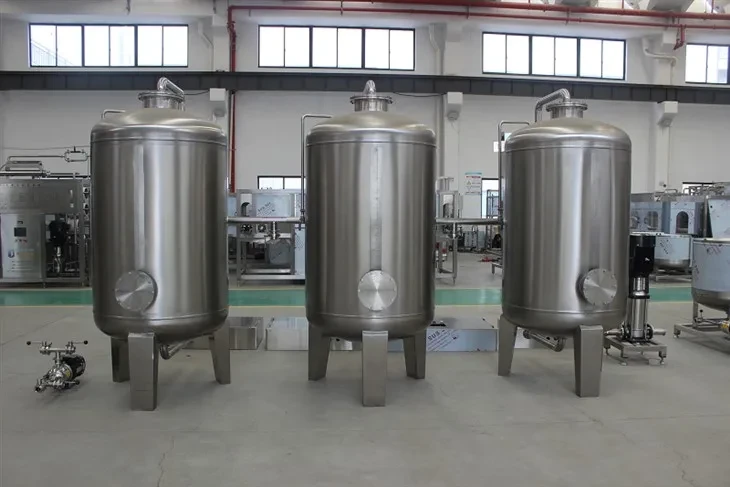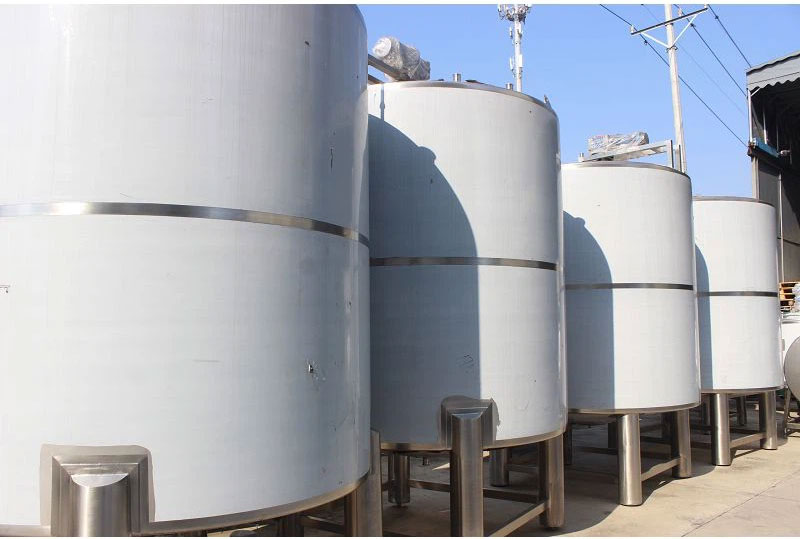Water Treatment System
Water filling machines are used to fill liquid products, such as water, juice, soda and other beverages into bottles. They often incorporate rinsing, filling, and capping functions into a single automated process, ensuring efficiency and hygiene standards are met. Water filling machines are crucial in maintaining product quality, minimizing contamination risks, and optimizing production throughput in water bottling plants.



Benefits of Water Filling Machine
Removes odors
Ozone generator machines are excellent at removing smells from their environment. This means that they can be used to eliminate smells from cigarette smoke, pet odors, and food smells.
Sterilizes surfaces
Ozone generator machines are effective at sterilizing surfaces and killing bacteria and viruses that may be present. This makes them an excellent choice for use in hospitals and other medical settings.
Air purification
Ozone generator machines can purify the air by removing harmful chemicals and pollutants. This can be valuable for anyone with respiratory issues, as well as those who want cleaner air in their environment.
Cleans water
Ozone generator machines are also useful in cleaning water. They kill bacteria, viruses, and other contaminants present in water, making it safe for human consumption. The water is left with no chemical residue or unpleasant taste.
Application Of Ozone Generator Machine
Air purification
Pool water treatment
Water treatment
Food processing
Medical applications




What is Activated Carbon Whater Filters
How to Maintain Activated Carbon Whater Filters
Clean the filter surface: If there is dust, dirt or other debris on the surface of the filter, it will affect its purification effect, so it needs to be cleaned regularly. You can use a vacuum cleaner or a soft brush to gently clean the surface, but do not wipe it with a wet cloth.
Avoid clogging the filter: Do not let too much dust and impurities accumulate on the filter, otherwise it will cause the filter to clog and affect its purification effect. At the same time, avoid putting hard objects into the filter to avoid damaging the filter.
Pay attention to the use environment: Avoid placing the filter in a humid or high temperature place, as this may damage the filter and affect its purification effect.
Regularly check the operating status of the device: After long-term use, it is recommended to regularly check the operating status of the device, including whether the power cord, switch, etc. are normal, to prevent unexpected situations.



